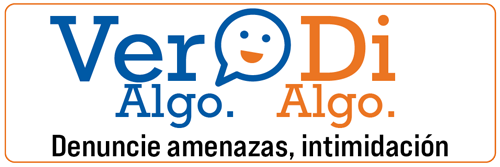Teaching Digital Natives
They’re six, seven, or ten years old. They were born into and raised with the influence of digital technology, which makes them comfortable with computers, cell phone apps, and the Internet. They are known as digital natives, and our classrooms are full of them.
Amanda Madden, a second grade teacher at Bell’s Crossing Elementary, enjoys teaching digital natives. “I’m surprised at how quickly they learn to use technology. They’ve been using iPads since they were born, so it’s intuitive to them,” she said.
Madden has embraced the use of technology in the classroom for years, beginning as an Intel teacher and more recently as a member of the Discovery Education’s Digital Leader Corps (DLC). “I’ve always wanted to learn more about technology and how to use the latest thing,” she said. “As a DLC teacher, I am learning how to incorporate Discovery Education strategies while exploring technology in general.”
Nearly 500 GCS educators are participating in Digital Leader Corps, a professional development program that helps educators learn how to create dynamic digital learning environments for students. “Discovery Education is providing three years of professional development for our teachers,” said Jeff McCoy, GCS Associate Superintendent for Academics. “These educators are becoming digital leaders in their schools and are training other teachers on how to incorporate technology in their classrooms.”
Through DLC training and collaboration with her peers, Amanda uses new and innovative strategies to teach her students. “We go to the trainings then we share what we learn with other teachers in our school,” said Madden. “We’re split up into primary and intermediate groups with primary using iPads and upper grades using Chromebooks. I find and share apps that will benefit teachers, and I show them how I use them in my classroom.”
A few miles away, in a third grade classroom at Mauldin Elementary, Kajsa McCullough is building the future, one student at a time. “I think that building a 21st Century learner means we need to prepare them for future jobs, and technology is playing an increasing role in any field,” she explained. “We’re preparing them to use technology not just as an entertainment tool, but as something they can draw from and have new experiences, to create something new, and to innovate and collaborate.”
McCullough is excited about implementing the SAMR Model (Substitution, Augmentation, Modification, Redefinition) into her teaching. “SAMR helps teachers transform their teaching through technology integration. You start by substituting, such as typing lessons instead of writing them,” she said. “In augmentation, you begin to incorporate more technology to enhance your lesson, but most of your teaching should focus on modification and redefinition stages, where you redefine what it means to learn and collaborate by doing something that is not possible without technology.”
Find out more about Discovery Education’s Digital Leader Corps here.


